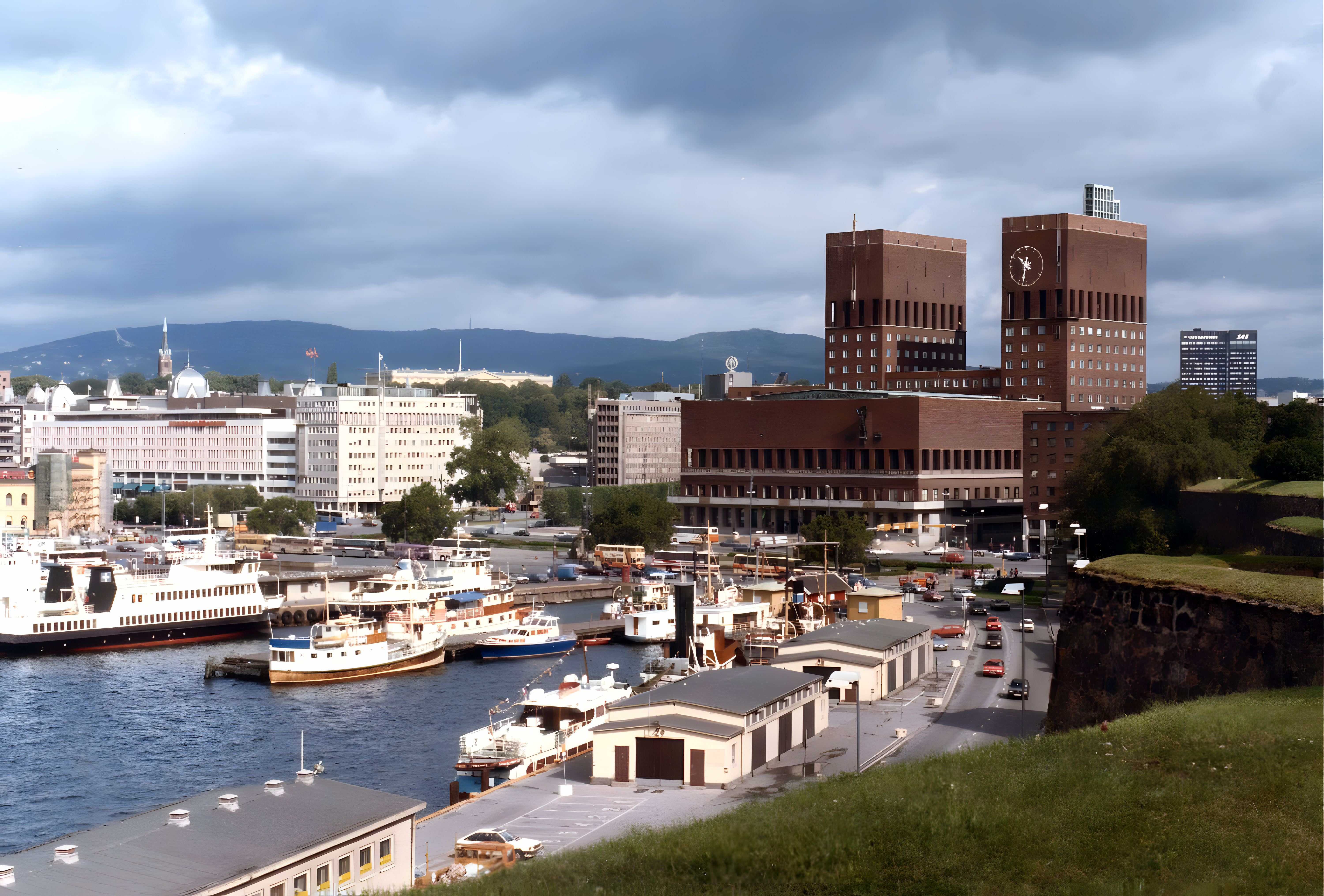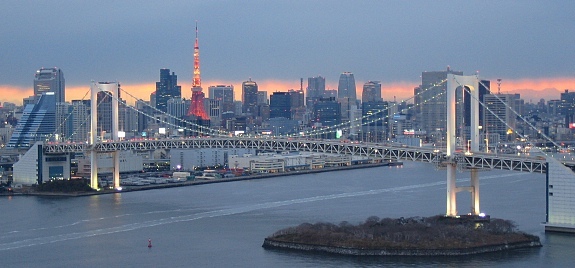The Golden Streets
Did you ever think about the most expensive streets in the world to live? What will it cost for a wonderland where you can make your dream come true? Just make some wild guess and then look into the top ten expensive streets in the world to live. Below is a list of ten most expensive streets in the world to own an apartment. Hope when i get out of debt, i will go travel insurance and will go to all these places. ;)
The study is based on overall parameters and not on single parameter which I have mentioned here i.e. price of property per square meter. Actually these are based on GDP of each state surveyed. :)
10. Geneva Switzerland
Price: US$ 10745.80 per square meter
Geneva is a global city, a financial centre, and worldwide centre for diplomacy and the most important UN international co-operation centre with New York thanks to the presence of numerous international organizations, including the headquarters of many of the agencies of the United Nations and the Red Cross. It is also the place where the Geneva Conventions were signed, which chiefly concern the treatment of wartime non-combatants and prisoners of war.
The Swiss restrict competition based on the idea that it improves the quality of the products made. A lot of it has to do with the fact that Switzerland has such a fragmented economy culturally and physically and corporations are decided by cantons, so each region has its own mini-economy happening, this benefits the people who live and work in Switzerland, and not so much visitors--especially visitors who use the dollar.
9. Caracas, Venezuela
Price: US$ 3492.51 per square meter
Caracas (officially Santiago de León de Caracas, is the capital and largest city of Venezuela; natives or residents are known as Caraquenians in English.Caracas, is the most expensive city in the Americas, and the ninth priciest in the world, according to the Economist Intelligence Unit (EIU).Actually, as the EIU itself notes, this isn’t strictly speaking true.
The reason? Venezuela’s official exchange rate used by the survey has little to do with economic reality.
In fact, Venezuela has several exchange rates – those who use the black market can buy a bolivar, the local currency, for about a quarter the price of what they would have to pay if using the official rate.
High quality global journalism requires investment. Some things in Caracas can be horribly expensive, especially things that are imported without the benefit of using the subsidised official exchange rate. And it can be a challenge living with one of the highest inflation rates in the world.
But other things are ridiculously cheap. Gasoline, for example, is to all intents and purposes free (you get change from a five bolivar note, a bit more than a dollar at the overvalued official exchange rate, when filling up a tank). Goods that are subject to price controls are also cheap – if you can get them. Shortages are another problem “Caraqueños” have to live with. In short, living in Caracas has its upsides and its downsides. There is plenty that you can accuse Hugo Chávez’s revolutionary government of, but that Caracas has become one of the most expensive cities in the world is not quite one of them.
8. Avenue Montaigne, Paris
Price: US$ 11848.50 per square meter.
Avenue Montaigne boasts numerous stores specialising in high fashion, such as Dior, Chanel, Valentino and Ralph Lauren, as well as jewellers like Bulgari and other high-class establishments such as the Plaza Athénée hotel. The city of romance has the EiffelTower, with great views from the top. You can also have a boat trip on the river Seine. Again, It is one of the premier shopping streets in the world.
7. Zurich, Switzerland
Price: US$ 8593.83 per square meter
Zurich is the largest city in Switzerland and the capital of the canton of Zurich. It is located in north-central Switzerland at the northwestern tip of Lake Zurich. Zurich is a leading financial center and global city. The Greater Zurich Area is Switzerland's economic centre and home to a vast number of international companies. By far the most important sector in the economy of Zurich is the service industry, which employs nearly four fifths of workers. Other important industries include light industry, machine and textile industries and tourism. Most Swiss banks have their headquarters in Zurich and there are numerous foreign banks in the Greater Zurich Area. Located in Zurich, the Swiss Stock Exchange was established in 1877 and is nowadays the fourth most prominent stock exchange in the world. In addition Zurich is the world's largest gold trading centre. Ten of the country's 50 largest companies have their head offices in Zurich, among them ABB, UBS, Credit Suisse, Swiss Re and Zurich Financial Services.
6. Singapore
Price: US$ 8694.60 per square meter
Singapore may have a first world economy and infrastructure, its citizens do not enjoy the standard of living befitting of a first world nation. With inflation running at an all-time high of 3.8 percent, an increasing number of Singaporeans are struggling to make ends meet with their meager wages which have more or less remained stagnant. The median monthly wages of an average Singapore worker is only $2,500 which is far below that of workers in other first world nations.
5. Melbourne, Australia
Price: US$ 7217.24 per square meter
Melbourne has a highly diversified economy with particular strengths in finance, manufacturing, research, IT, education, logistics and transportation and tourism. Melbourne is headquarters for many of Australia's largest corporations, including five of the ten largest in the country (based on revenue), and five of the largest six in the country (based on market capitalisation) (ANZ, BHP Billiton (the world's largest mining company), the National Australia Bank, Rio Tinto andTelstra); as well as such representative bodies and thinktanks as the Business Council of Australia and the Australian Council of Trade Unions. The city is home to Australia's largest and busiest seaport which handles more than $75 billion in trade every year and 39% of the nation's container trade. Melbourne Airport provides an entry point for national and international visitors, and is Australia's second busiest airport.
However, the REASON why Melbourne is so expensive is because most people PREFER to live there so demand exceeds supply = more expensive.
4. Oslo, Norway
Price: US$ 6181.67 per square meter

Lots of things make Oslo and the rest of Norway expensive.
Norway is rich with natural resources (particularly oil), but not so long ago Norway was a very poor country. The land here isn't particularly good for farming so food was a major problem. When oil was found, the government wanted to secure Norway's future as a stable country economically.
The economic problems haven't hit Norway as hard as the rest of Europe because profits made in oil are reinvested into local programs. Imports from outside of Norway are highly taxed, to encourage people to buy local products and support Norwegian business. Luxuries are also highly taxed (these include tobacco, alcohol, sugar, etc) to encourage people to use them more responsibly. This means choice of goods is limited and prices are high, but it also means few people have lost their jobs in the current economy and unemployment has stayed under 3%. More choice and lower costs are preferred obviously, but I also appreciate living in such a good economy where financial worries are usually minor.
To encourage people to work in a variety of fields, education is free and every job in Norway pays a living wage. My boyfriend is British and currently works as a cook here in Bergen. He makes more than twice what he did in the UK (after tax) doing the same job, even though he was a supervisor there and isn't here. In order to keep wages high, the cost of goods and services is also high. As expensive as everything is on a British salary (or pretty much anywhere else), it's actually affordable if you live and work locally. When I was between jobs, we both lived comfortably on his salary, which wouldn't have been possible in the UK.
3. Sydney
Price: US$ 6186.20 per square meter
Why is Sydney's housing market so expensive? Sometimes when people try to answer this question, they point out that more expensive property prices are offset by higher wages in Sydney; and this argument is, at least to some extent, true. Sydney wages are higher, but not to the same extent as property prices compared with other cities. Based on data released by the Australian Bureau of Statistics last week, the gap between Sydney and Melbourne wages is only around $5,000 (9.2%) per annum, Brisbane is fairly similar, with wages being $5,100 (9.4%) lower per annum. Perth wages are roughly on par with Sydney’s, showing a $490 (0.9%) difference. The largest gap between Sydney wages and the other capital cities is apparent in Hobart, where the difference is a more significant $10,500 (19.3%) per annum.
2. Osaka, Japan
Price: US$ 6000 per square meter
The gross city product of Osaka in fiscal year 2004 was ¥21.3 trillion, an increase of 1.2% over the previous year. The figure accounts for about 55% of the total output in the Osaka Prefecture and 26.5% in the Kinki region. In 2004, commerce, services, and manufacturing have been the three major industries, accounting for 30%, 26%, and 11% of the total, respectively. The per capita income in the city was about ¥3.3 million, 10% higher than that of the Osaka Prefecture. MasterCard Worldwide reported that Osaka ranks 19th among the world's leading cities and plays an important role in the global economy.
1. Tokyo, Japan
Price: US$ 7506.31 per square meter
Tokyo is a major international finance center, houses the headquarters of several of the world's largest investment banks and insurance companies, and serves as a hub for Japan's transportation,publishing, and broadcasting industries. During the centralized growth of Japan's economy following World War II, many large firms moved their headquarters from cities such as Osaka (the historical commercial capital) to Tokyo, in an attempt to take advantage of better access to the government. This trend has begun to slow due to ongoing population growth in Tokyo and the high cost of living there.
Which place would you like to visit?
Please share this post if you like it, it just takes 5 sec of your time.

















0 comments:
Post a Comment
Thank you for your comment! :)
We appreciate your feedback.
Keep visiting our site.